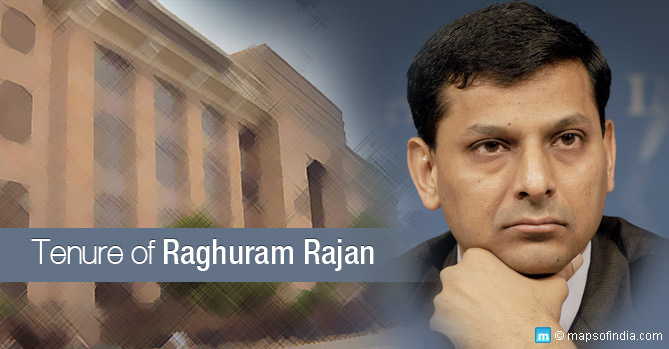FY 2013-14 will be remembered for a number of inglorious reasons by the watchers of the India economy. A highly volatile Rupee, dipping investor confidence, booming inflation, declining growth, and growing despondence…. Add to this a soaring imports figure, a current account deficit scenario, and S & P’s threats to downgrade the economy to junk status. Well, Raghuraman Rajan’s RBI takeover, did boost confidence to some extent but the gains were weighed against ample political uncertainties and an impending general elections. Looks like a wonder we made it past the fiscal year without an economic collapse, right? What we’ve been missing out in FY 2013-14 is this one industry that has not only fared well but has boomed and reclaimed India’s rightful position as a leader – the textile industry!
Exports Scenario
Overall textile exports from India were worth $30.37 billion in FY 2013-14. This is a significant rise from $26.36 billion in FY 2012-13, registering a growth of about 15.24%. The previous fiscal year had seen a decline of about 3.11% and expectations were that the decline would further deepen. Indian textile exports include a variety of products – readymade garments manufactured from cotton, silk, and synthetic yarn, fabric, fiber, and yarn. And exports of all of these segments grew significantly last year. About $14.93 billion worth readymade garments were recorded last year (15.5% growth); this is almost half of the total textile exports from the country. Exports of fabrics and natural yarns (cotton) were pegged at $8.88 billion (18% growth), while export of synthetic textiles stood at $5.69 billion (13% growth).
Outpacing China
The figures that have been mentioned above were sourced from the records at the ministry of commerce. Data released by the industry body for promotion of garment exporters, the Apparel Export Promotion Council (AEPC), records a higher textile export figure for the FY 2013-14. According to the body, India has overtaken Germany and Italy, some of the largest textile exporters in the world and is currently ranked second in the world among the countries exporting textiles. India is currently followed by Italy, Germany, and Bangladesh. It the readymade garments sector, however, India ranks sixth, having outdone Turkey last FY.
While we would certainly like to see India outpace China and capture the top spot among textile exporters soon, this dream will need considerable time, labor, and friendly policies. In FY 2013-14, China’s textile exports were over 7 times that of India – a total of $274 billion according to the AEPC. All, however, is not lost, say industry experts. Textile export heavyweights such as China, Bangladesh, Vietnam, and Cambodia, have been severely criticized in the past two years for their exceptionally low wages and poor safety standards of the workers. Till about two years ago, over 60% of China’s textile imports were to the US; this has now fallen to 40%. Indian exporters hope to plug these gaps.
Key Markets
To be able to achieve global supremacy in textile exports, policy-making is a key factor. The US and the EU have been traditional markets for India’s textile and garment exports. The past couple of years have seen a lag in the exports to these regions given the high inflation back home and the economic slowdown in these nations. Despite such a disheartening scenario, the industry has grown due to government-initiated policies that required diversification of both the markets and the products, believes the AEPC. India now exports textiles and garments to Brazil, Malaysia, Oman, Poland, the Russian Federation, and the UAE.
Looking Ahead
With NDA coming to power, Mr. Santosh Kumar Gangwar took over as Minister of State (Independent Charge) in the Ministry of Textiles.While concerns have been rife that the NDA government may not do much to promote the growth of textile exports from India, Mr. Gangwar assured the sector that its immense potential to generate employment and provide a large number of jobs would not go untapped. Under his leadership, the ministry intends to soon come up with schemes and programs to boost crafts that are unique to certain regions, such as zari zardosi work and carpet weaving, and showcase these to improve their demand. The minister issued a statement noting that these crafts “have huge export potential and if proper attention is paid this can be a strong source of improvement of economy and employment.”
Related Information:
Union Budget 2014-15 Expectations






